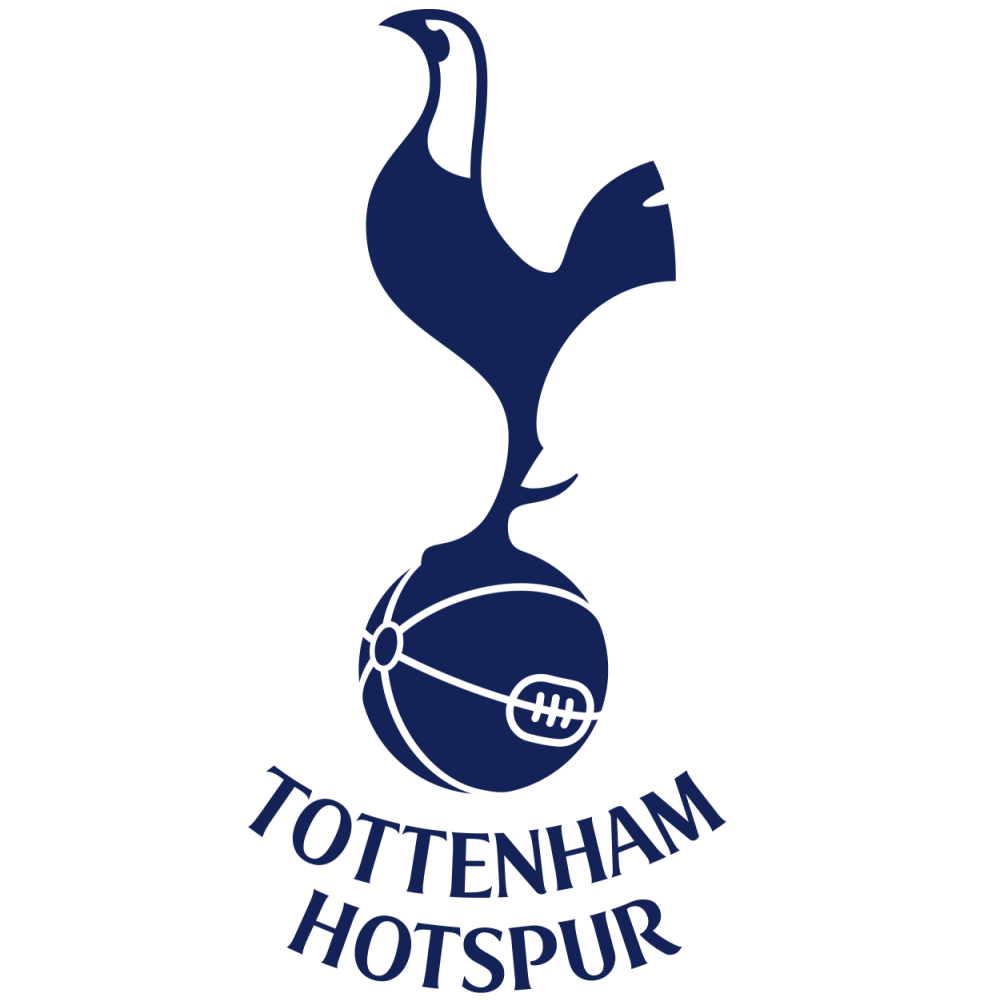Ahead of this summer’s inaugural Nations League finals in Portugal, we look at what has made the competition an instant success, and what winning the tournament will mean.
Fifty three years of hurt is just two games away from finally coming to an end. Having beaten Spain and World Cup finalists Croatia to reach the first-ever Nations League finals, England are just two wins away from that first major trophy success since 1966.
Standing in their way are hosts Portugal, the Netherlands and Switzerland, in a whirlwind of a finals format, where that title glory can be achieved in just four days.
But how did we get here? Is the Nations League adding further burden to our weary stars? What does winning the tournament achieve? Here we run the rule over international football’s newest star. What is the purpose of the Nations League?
Remember the appeal of those international friendlies when Sven-Goran Eriksson would make 10 changes at half time as a half-empty Wembley would be forced through a half-hearted friendly draw, or Portugal players lined up to put Gibraltar to the sword in 2017? No, me neither.
International friendlies had become tedious in the extreme. Coaches the world over were using them to experiment with players, new systems, becoming, in essence, training matches, often in the most stifled of atmospheres.
In need of a major shakeup, UEFA acted and introduced the Nations League, to initial ridicule. Did international football really need another tournament? After just one Nations League qualification campaign, the doubters have been well and truly silenced.
The dramatic manner of Germany’s relegation to League B at the hands of the Netherlands, who had come back from the dead in a group that included France, Switzerland’s barnstorming late turnaround against Belgium to seal their place in the finals, as well as England’s thrilling victory over Croatia on a day when finals qualification and relegation were possible in equal measure, are just a few examples of how the Nations League enthralled audiences in the short period since its inception last September.
And that is just qualification. With the finals to come, expect more thrills and spills, without long delays between games.
Explaining what the Nations League actually is and how it works
Nations League explained: How does it work and why should we care?




















